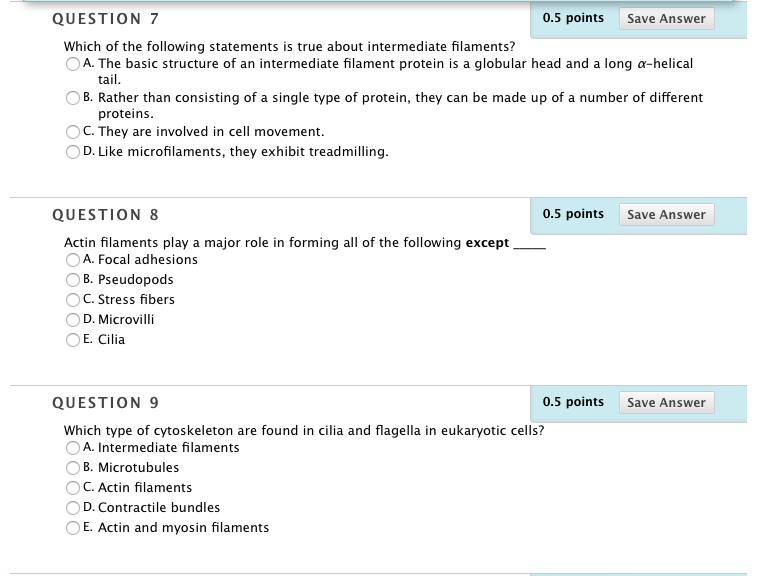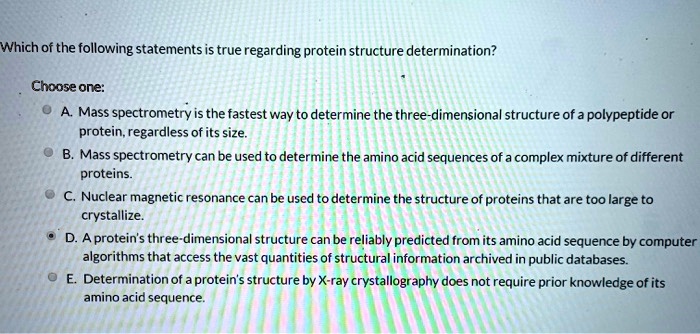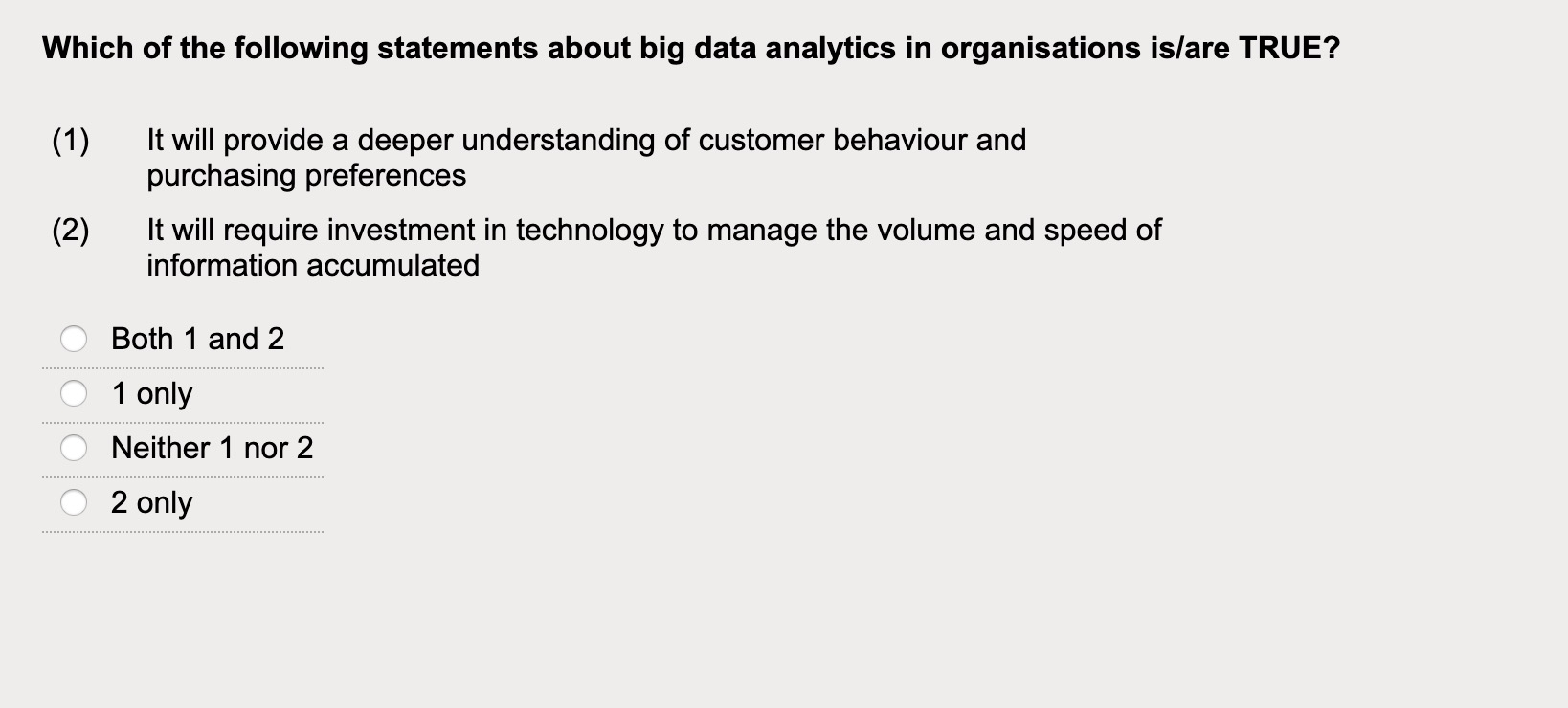Which Of The Following Statements Is Most True About Structuring

In the complex world of business and project management, the seemingly simple act of structuring a project or organization can be the critical difference between success and failure. The ramifications of choosing the 'right' structuring approach reverberate through every aspect of operations, from resource allocation to team dynamics and ultimately, the bottom line.
Determining which statement rings most true about structuring, however, is far from straightforward. This article delves into the nuances of organizational and project structuring, exploring various viewpoints and providing a comprehensive overview to aid understanding.
Understanding the Core Question: Flexibility vs. Rigidity
At the heart of any discussion about structuring lies a fundamental tension: the need for clear, well-defined processes versus the imperative to remain adaptable and responsive to change. Rigid structures offer predictability and control, while flexible structures foster innovation and agility.
The "best" approach depends heavily on the specific context, including the industry, the organization's size and culture, and the nature of the project at hand.
The Case for Structure: Efficiency and Control
One prevailing school of thought emphasizes the importance of establishing a strong, hierarchical structure. This approach prioritizes clearly defined roles and responsibilities, streamlined communication channels, and standardized processes.
Proponents argue that this promotes efficiency, reduces ambiguity, and enables greater control over operations. Think of traditional manufacturing or large bureaucratic organizations.
Centralization is often a key characteristic, with decision-making authority concentrated at the top of the organizational pyramid.
The Counter-Argument: Agility and Innovation
In contrast, another perspective champions the value of decentralized, flexible structures. This model emphasizes autonomy, collaboration, and rapid adaptation to evolving circumstances.
This approach fosters a culture of innovation and empowers employees to take ownership of their work. It is common in tech startups and creative agencies where agility is paramount.
Flat hierarchies and cross-functional teams are hallmarks of this approach, enabling faster decision-making and quicker responses to market changes.
The Hybrid Approach: Striking a Balance
Increasingly, organizations are recognizing the limitations of purely rigid or purely flexible structures. They are adopting hybrid models that attempt to balance the benefits of both approaches.
This might involve establishing a core organizational structure that provides stability and control, while also allowing for the formation of smaller, more agile teams to address specific projects or challenges.
Matrix organizations are a prime example, where employees report to both a functional manager and a project manager.
The Influence of Project Context
The ideal structure is not solely determined by organizational philosophy; the nature of the project itself plays a crucial role. For instance, a large-scale construction project typically demands a more hierarchical and structured approach than a software development project.
Predictive project management methodologies, such as Waterfall, often align well with rigid structures, while adaptive methodologies like Agile thrive in more flexible environments.
Project complexity, team size, and stakeholder expectations all contribute to the structuring decision.
External Factors and Structuring
External factors also significantly impact structuring decisions. Economic uncertainty, regulatory changes, and technological advancements can all necessitate adjustments to organizational and project structures.
For example, increased competition might prompt a company to decentralize decision-making to empower local teams to respond more quickly to market opportunities.
Changes in regulations may require the creation of new departments or the restructuring of existing ones to ensure compliance.
Expert Opinions and Research
Management experts generally agree that there is no one-size-fits-all solution to structuring. The best approach depends on a complex interplay of factors.
Research from organizations like the Project Management Institute (PMI) highlights the importance of tailoring project structures to the specific characteristics of each project.
Studies have also shown that organizations with more flexible structures tend to be more innovative and adaptable, but may also experience challenges with coordination and control.
"The key to successful structuring lies in understanding the specific needs of the organization or project and then designing a structure that effectively supports those needs." - A prominent management consultant.
Moving Forward: Embracing Adaptability
In today's rapidly changing world, the ability to adapt is paramount. While establishing a foundational structure is important, organizations must also be prepared to adjust their structures as needed to respond to evolving circumstances.
This requires a culture of continuous improvement, a willingness to experiment, and a commitment to learning from both successes and failures. It needs both internal and external observations.
Ultimately, the most accurate statement about structuring is that it is an ongoing process of adaptation and refinement, not a one-time decision. Companies that embrace this philosophy are best positioned to thrive in the long term.








![Which Of The Following Statements Is Most True About Structuring [ANSWERED] Which one of the following statements about atomic structure](https://media.kunduz.com/media/sug-question/raw/50036199-1658865383.7836037.jpeg?h=512)




